Cao Bang is a northeastern border province with many famous scenic spots and valuable historical and cultural relics. More than 95% of the population is ethnic minorities living together such as Tay, Nung, Mong, Dao, San Chi, Lo Lo... Each ethnic group has its own unique culture. Among them, the most prominent is Hat Luon - a folk song of the Tay people.
The melodies of the Tay people are very rich, reflecting the thoughts and feelings about the ethnic group's lifestyle. Luon has many melodies, but among them, Luon Phong Slu is a unique type of folk song from form to melody and lyrics.
Phong slu is a love letter written in the seven-word long poem form in the Tay language and a couple of Han characters, Han Nom mixed with Nom Tay, the content expresses the love of men and women writing to each other on a thin piece of silk. When receiving those letters, people "sing" them in a melody called Phong slu. Those love letters are the secret, deep thoughts from the bottom of the hearts of young men and women who have just met or are in love with each other or whose fate is troubled. Their love is as abundant as the water of a spring, day and night they miss each other but rarely have the opportunity to be close to each other to sing and confide, therefore, Phong slu is a means of conveying the content of love between couples to relieve the feeling of longing, through letters expressing one's feelings to a friend, receiving Phong slu is like meeting a friend, missing a friend and waiting for a heartbreaking reply.
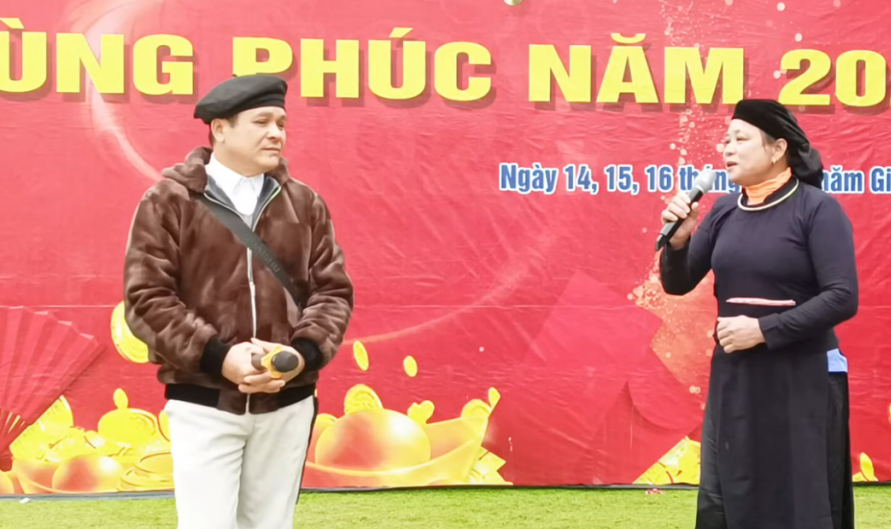
The rhyme of this form of poetry is that the 7th word of the upper line rhymes with the 5th word of the lower line. When reciting this form of poetry, artists often emphasize the 5th and 7th words, creating a unique sweetness. The listener can feel the sweetness and infatuation in each word. With that mood, the content of the letter and even when reciting the Phong slu song, the listener can immediately feel the lingering feelings and desire to turn to each other to open up, express, and confide in their friends. The melody is sweet, vague, sometimes low, sometimes high, subtly filled with longing. The melodious flute accompanying the melody further enhances the sweetness of the melody. Usually, the introduction seems to follow a pre-existing pattern. There are four seasons in a year, the letter is written at a certain time, the opening sentence refers to that season. For example: " After Tet, we sow spring rice/ That's the right time for farmers to innovate" .
In ancient times, most love letters described the situation, feelings, and expressed one's feelings to one's lover, sometimes up to hundreds of sentences long. The letters were meticulously and elaborately presented on paper or written or embroidered on silk with unique, skillful and elaborate decorative motifs with vivid images of dragons, phoenixes, swallows, and geese. The first or last page of the letter always had the phrase "van yen" meaning asking the swallow to deliver the letter to the lover. A typical Phong slu usually had a poem at the end of the page. On the other hand, people used the form and melody of Phong slu to record stories very effectively, making it easy for everyone to memorize and remember for a long time because although it was a long poem, there was a rhyme connecting the adjacent sentences. The authors of these love letters did not compose alone but were often the collective work of a few people, even having to ask master artists to help write. Therefore, every Phong slu contains passionate feelings, burning enthusiasm, and quite sharp word art. For example: "Holding the poem, I write "cang nac, cang na/Noong cang chu Truong Sa pe, hai" , roughly translated: "The poem is written sharply and deeply/Reminding me of Truong Sa sea and islands".
Today, the lullabies of Phong slu are still preserved and kept by generations. New poems praising the homeland and country are placed on the basis of ancient poems for everyone to hum to make life more rich and meaningful. Phong slu can be sung solo, in pairs or in groups. Among the countless poems composed by author Dam Nha, there is a poem about spring in the Phong slu melody praising his homeland Cao Bang every time Tet comes and spring returns with the title Spring in the mountains and rivers: "Every time winter comes, spring passes/Swallows fly near and far over the mountains and rivers/Bringing promises of love/Spring comes to my homeland, my friend/Spring in the homeland excites everyone/Peaches, pears, plums bloom everywhere/Coloring the villages more brilliantly/Creating a spacious scene in the wards and streets/My homeland every spring/The passionate Then melody is forever remembered/The soft and affectionate Phong slu melody/The beautiful and graceful indigo shirt/Raise a glass of wine to invite you to visit/The mountains and rivers of historical Cao Bang/Once glorious and glorious/Now on the path of renewal Building the homeland towards glory/The border region is resplendent/Spring in the peaceful land/Always a sweet love song".
The poem has 20 verses, divided into 5 stanzas. The author opens the poem with the theme of spring in the first stanza. The second, third and fourth stanzas describe the homeland's landscape with images of spring with peach, pear and plum blossoms blooming on the mountain slopes, with soulful folk songs, with the graceful indigo dress, typical of the Tay people's costumes, sincere hospitality and the heroic historical past of the borderland. And the poem ends with the future of a frontier region that is flourishing to move towards glory. The poem was performed very successfully by Phong slu artists during festivals, Tet, love songs, and exchanges between art troupes with the captivating, melodious flute sound of Ngoc Long flute artist.
Phong slu can be composed in Tay or Vietnamese and is recited with the sound of bamboo flute, making the poem more sweet and affectionate. Today, Phong slu is still preserved and kept by generations with new poems placed on the ancient poetry for everyone to recite to make life more joyful and meaningful. Thereby, the beauty of Phong slu melody will forever remain in the cultural beauty of the Tay people.
Nong Hua Ngan
Source: https://baocaobang.vn/hat-luon-phong-slu-lan-dieu-dan-ca-cua-nguoi-tay-3172401.html








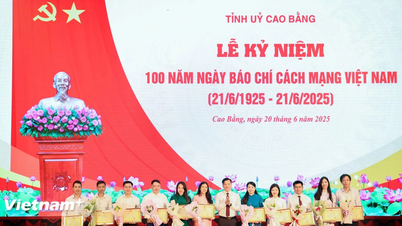










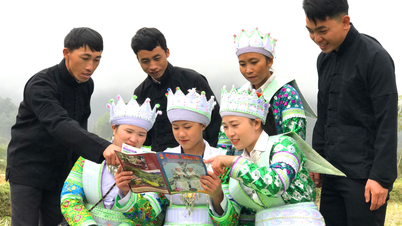

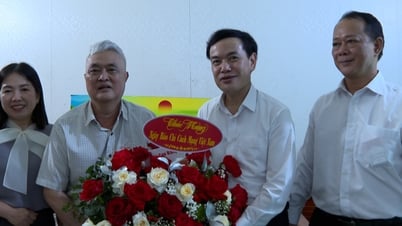














![[Maritime News] Wan Hai Lines invests $150 million to buy 48,000 containers](https://vphoto.vietnam.vn/thumb/402x226/vietnam/resource/IMAGE/2025/6/20/c945a62aff624b4bb5c25e67e9bcc1cb)
![[Photo] The 9th Congress of the Party Committee of the Office of the President, term 2025-2030](https://vphoto.vietnam.vn/thumb/1200x675/vietnam/resource/IMAGE/2025/6/20/78e7f27e8c4b4edc8859f09572409ad3)









































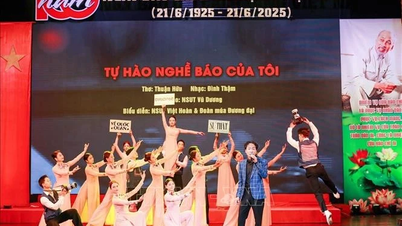




















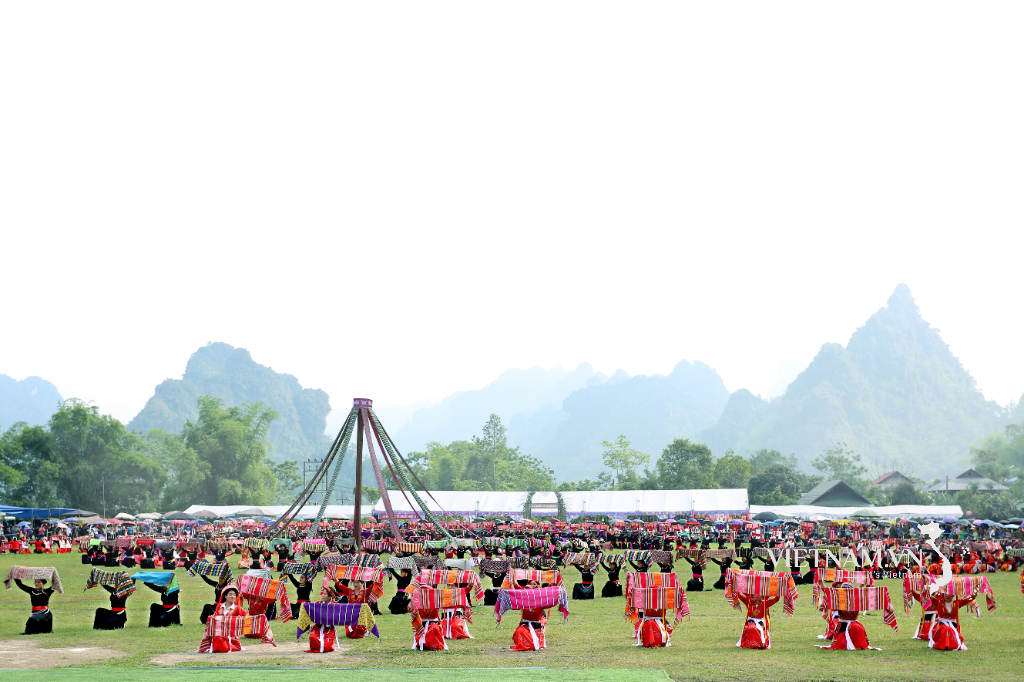

Comment (0)